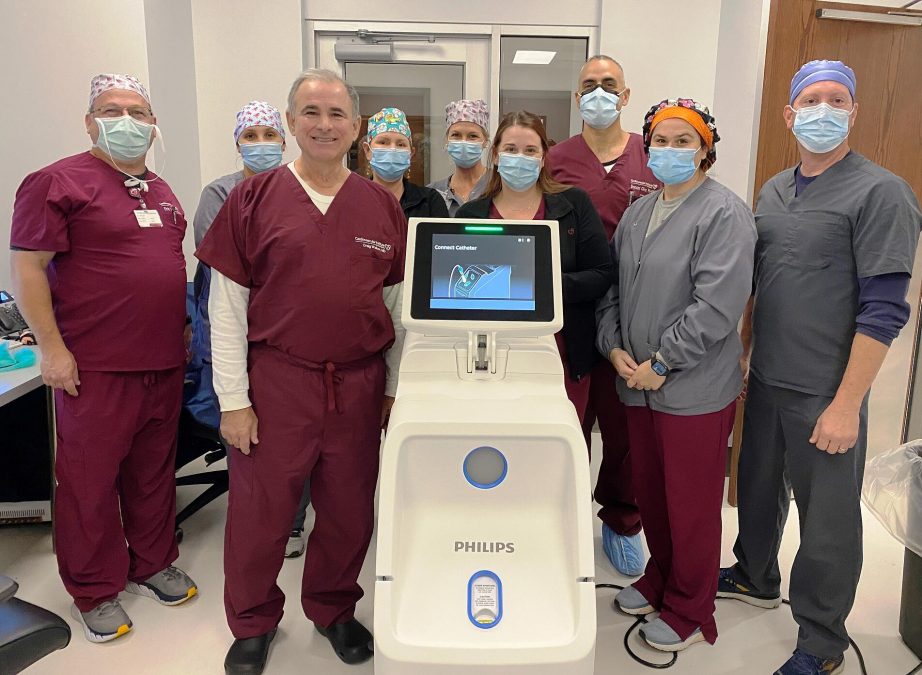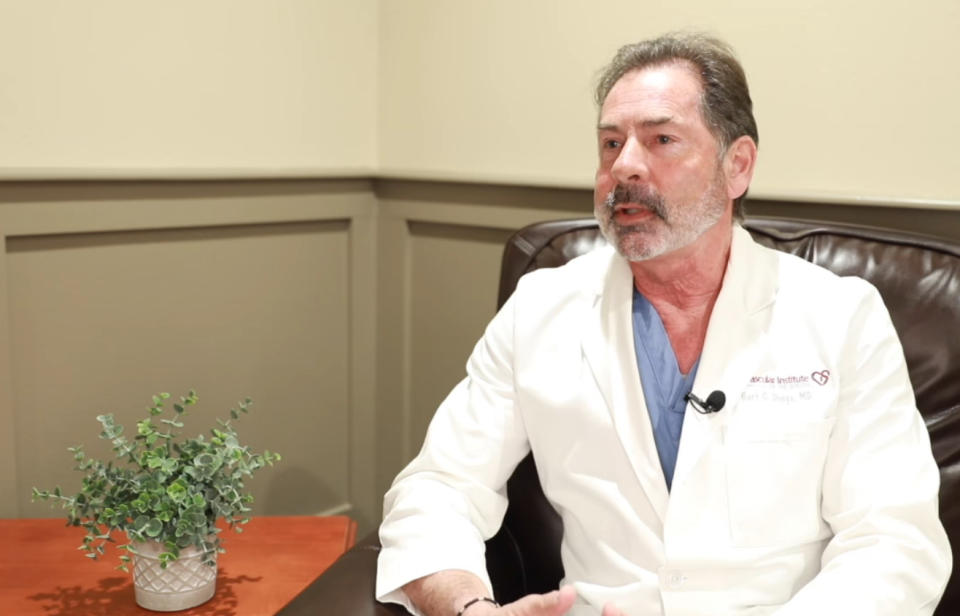
FEMA Extends Deadline to Apply for Hurricane Ida Assistance
October 28, 2021
Meta: Welcome to Zuckerberg’s world beyond Facebook
October 28, 2021Craig Walker, MD, Founder, President and Medical Director of Cardiovascular Institute of the South (CIS), is the first physician in the U.S. to use the Philips Laser System Nexcimer to reopen blockages in the arteries. The first case took place on October 28 at the CIS Ambulatory Surgery Center in Gray, Louisiana to treat peripheral artery disease in the legs.
This new laser system, in combination with the Turbo-Elite laser catheter, is the only laser atherectomy device for in-stent restenosis (proven with Level I clinical data*). Atherectomy is a procedure to remove plaque from an artery (blood vessel). The Nexcimer laser can be used in the treatment and reopening of vessels in both the coronary or peripheral arteries. It features Excimer laser technology—a 308 nanometer wavelength, ultraviolet laser, which has been used in more than 600,000 cases globally for the past 20 years. This technology is also the only laser technology approved for lead removal, and it includes adjustable settings to optimize the treatment needed on each lesion.
The system is compact in size and volume with 360-degree movability, making it easy to position in any catheterization lab. It is powered by standard medical grade 110v/16 amp outlets, and features a touchscreen with guided workflows. The Turbo-Elite, Turbo-Power, ELCA and Glidelight laser catheters can be utilized with this system.
“This new technology advances the use of laser atherectomy treatment for patients needing treatment of various lesion types,” explained Dr. Walker. “The system warms up in less than 30 seconds and requires low maintenance going forward, making this system the next big upgrade in enhancing the level of technology and care that we offer to our patients.”





